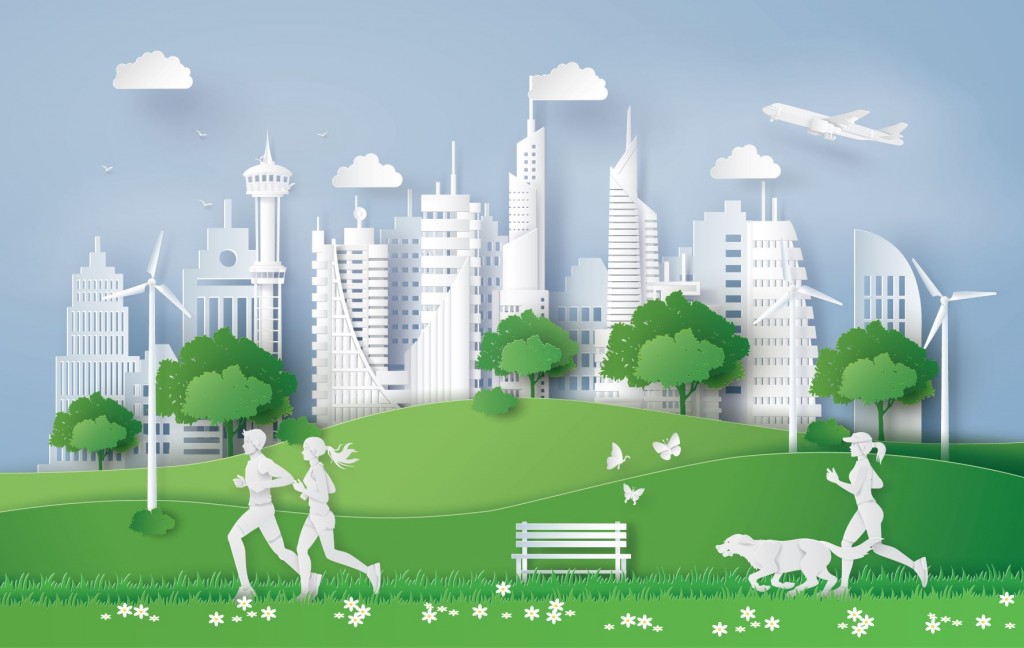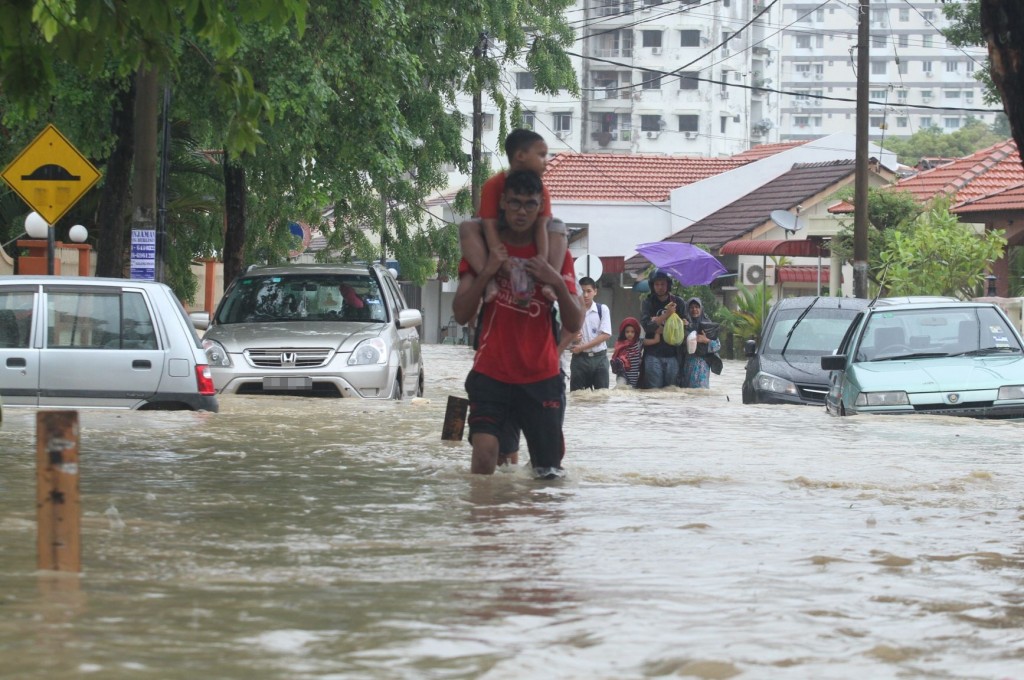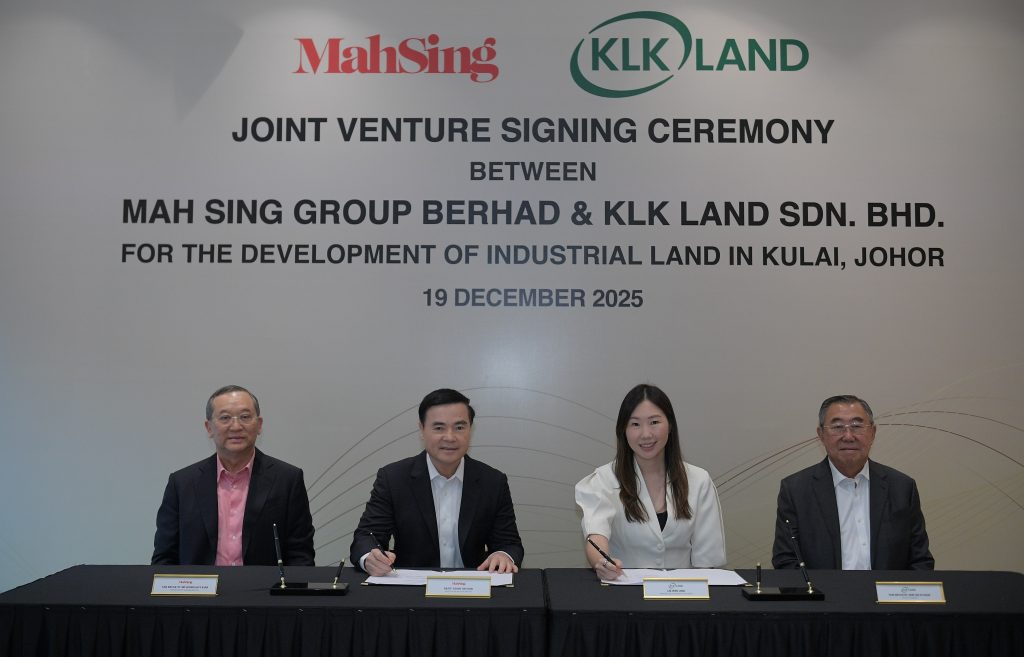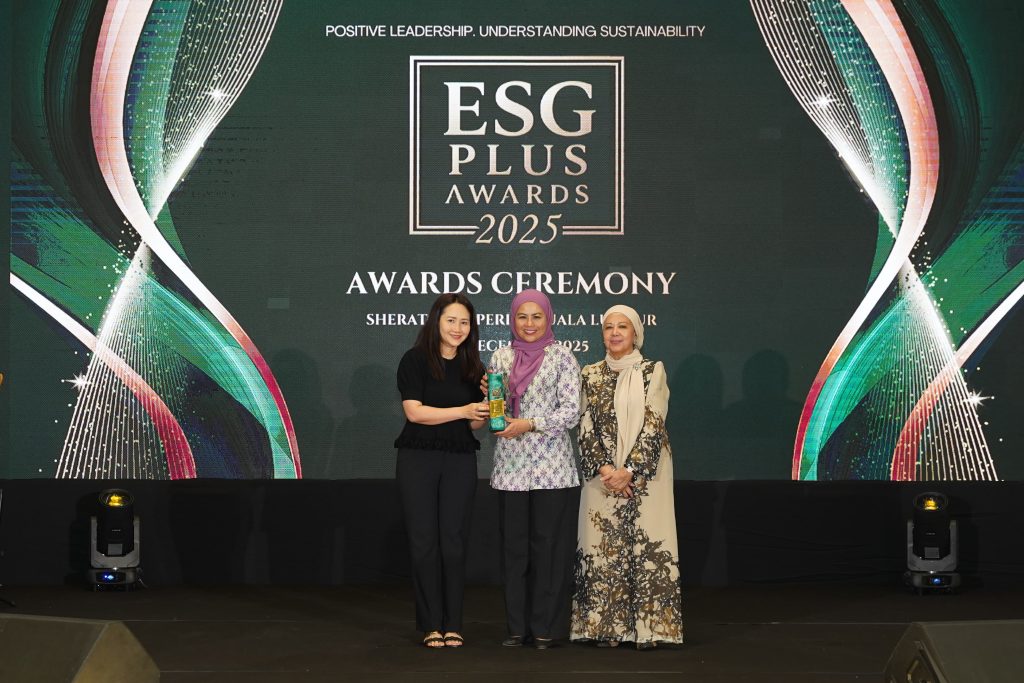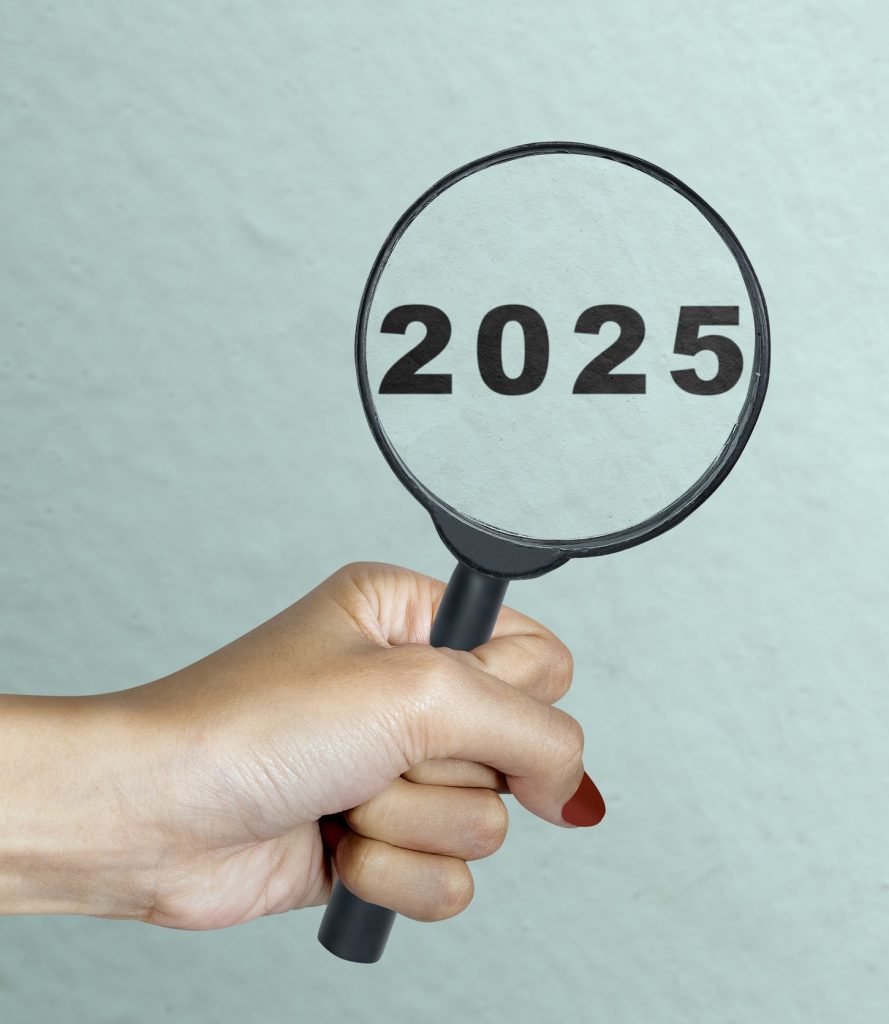Contributed by David Mizan Hashim
One of the crucial questions that has arisen in the wake of the Covid-19 pandemic is how the disciplines of urban planning and architecture can respond with better and more rigorous designs to make our cities and buildings safer and more user-friendly during times of crises.
To explore the answers to this question, Veritas Design Group has embarked on an exploration of frameworks to facilitate the evaluation of ways in which architectural design and practical planning solutions may be applied to create cities, buildings and places. Certainly, more hardy, durable and accommodating solutions are needed in the face of future environmental or social disturbance.
One of the impending primary crises is climate change, which might be the ultimate crisis we will soon face as a species. In fact, there is some conjecture that the Covid-19 crisis is a timely testing ground for our ability to respond to this much larger looming challenge to humanity.
Along came Covid-19 and changed people’s perceptions.
The sustainability agenda has been popularised in recent years to address the challenges of climate change. However, it has become apparent that it is insufficiently instructive as a design tool for the built environment to deal with the disruption to our lives caused by immediate disasters such as the recent pandemic.
A Green Building Index (GBI) platinum-rated building did not perform any better than an uncertified one in relieving the discomfort and disruption forced upon the populace by the Movement Control Order (MCO) and Social Distancing (SD) protocols.
Something is missing in the debate, and that thing is resilience, which is not the same as sustainability.
In terms of definitions, resilience is the capacity to recover quickly from difficulties, while sustainability is the ability to maintain a steady condition over an indefinite period of time. The two concepts are intertwined. Resilience is, therefore, about quickly and consistently being capable of overcoming an immediate crisis or disturbance. In contrast, sustainability is about establishing and maintaining the systems required to assure long-term resilience.
There are many types of possible disturbances or crises facing the built environment for which resilience is a much-needed remedy. Examples of these are listed below, and they can be broadly described as either environmental/natural or social/man-made:
Environmental/Natural
- Storm, flood, landslide, drought, pestilence, temperature rise, sea-level rise, earthquake, volcanic eruption, tsunami, avalanche, typhoon, tornado, cyclone, hurricane, forest fire.
Social/Man-made
- Epidemic/pandemic, haze/pollution, water shortage, black-out/power shortage, sanitation disruption, refuse removal disruption, telecommunications failure, civil unrest/riot/war, terrorist attack, crime, financial crisis, structural failure, fire, food Shortage, fuel shortage, nuclear meltdown.
So what does resilient design entail when it comes to urban planning, and the design of buildings and spaces?
To design a city, a building or the public realm with resiliency means to start the design process by thinking carefully about the typical use scenarios of the city, building or place.
Then common points of stress due to abnormal use must be considered, as well as the most likely disaster situations in the natural or man-made environment which could challenge the integrity of the city or building and endanger its occupants. The local context always plays a critical role in determining the factors that make a city, building or space resilient or otherwise, and so resilient design is always locally specific.
Resilience must incorporate sustainability into its framework to be holistic, because most sustainability considerations involve factors which determine how much less dependent or independent a city, building or place can be upon resources such as fossil fuels, external electrical grid and central water supply. The more un-reliant on these external (thus non-assured) resources, the more resiliency a city, building or place will achieve.
An important enabler of resilience is technology, especially digital technology. Unlike sustainability considerations, resiliency is greatly empowered by active data-driven smart systems to manage energy and water supply and metering, traffic/transportation control, security, information and recycling.
Interestingly, a smart city concept corresponds closely with resilient considerations. A truly smart city, building or place can even anticipate the impending disturbance or crisis by analysing data inputs (environmental or social) and automatically making adjustments to itself to limit the discomfort and negative impact to its residents or inhabitants.
For example, if environmental data suggests a possible drought, a smart or resilient water management system would limit consumption, increase storage, administer warnings and seek alternative emergency supply. If social data suggests civil unrest, a smart or resilient security management system would increase monitoring, lock entrances, restrict traffic, prepare medical attention etc. All these responses would be toward the goal of reducing the danger, discomfort, health or well-being of people.
In our structuring of a framework, we opine that buildings and places of the future need to be:
- More self-reliant
- More protected from external threats
- More flexible in their usage
- More people-centric in their design
- More adaptable to future demands
- Less time-consuming to design and build
- Less costly to construct and operate
- Less environmentally impactful
- Less energy consumptive
- Less reliant on centralised systems
In terms of a practical checklist framework for the design of resilient and sustainable buildings and places, the following are some of the key criteria:
- External areas/Boundary
- Public areas
- Car parks
- Lifts/vertical circulation
- Power supply
- Water supply
- Emergency gas supply
- WIFI/Communications
- Refuse management
- Internal unit logouts
- Common corridors/Ventilation
- Fire stairs
- Balconies
- Building envelope
- Common facilities
- Others

Designed by Veritas, the Petronas Leadership Centre in Bangi, Selangor takes into consideration both resilience and sustainable criteria.
There has already been considerable effort to formulate a framework for resilience in the built environment. The most advanced is probably the Resilience Action List (or RELi), created by the RELi Cooperative (a collaboration of USA-based consultants and academic partners) which has been a work in progress over the last few years.
Essentially, RELi is a project rating system similar to Leed, but with added emphasis on resilience. It combines a comprehensive list of resilient design criteria with the latest in proven integrative process for developing next-generation communities, neighbourhoods, buildings, homes and infrastructure.
The RELi Action List and Credit Catalog identifies resilience-based actions (requisites + credits) and aggregates action items from other sustainable guidelines that support resiliency.
Unfortunately, RELI is too USA-focused to be very useful to the Malaysian condition. Eventually, an outline framework of local resiliency factors should be developed with metrics to build a scoring system whereby Malaysian cities, buildings and places can be graded according to their standard of resilience.
This will be similar to the “green” sustainability certification systems which exist in Malaysia today.
It would be a truly useful framework of planning and design considerations for our cities, buildings and public spaces to achieve resilience toward the threats, dangers and crisis that we Malaysians shall all certainly face again in the future.
____________________________________________________________________
David Mizan Hashim is the founder, group president and director of the Veritas Design Group, one of Asia’s largest multi-disciplinary design firms which now has offices in six countries, and is based in Kuala Lumpur, Malaysia.
Disclaimer
This article is intended to convey general information only. It does not constitute advice for your specific needs. This article cannot disclose all of the risks and other factors necessary to evaluate a particular situation.
Any interested party should study each situation carefully. You should seek and obtain independent professional advice for your specific needs and situation.

